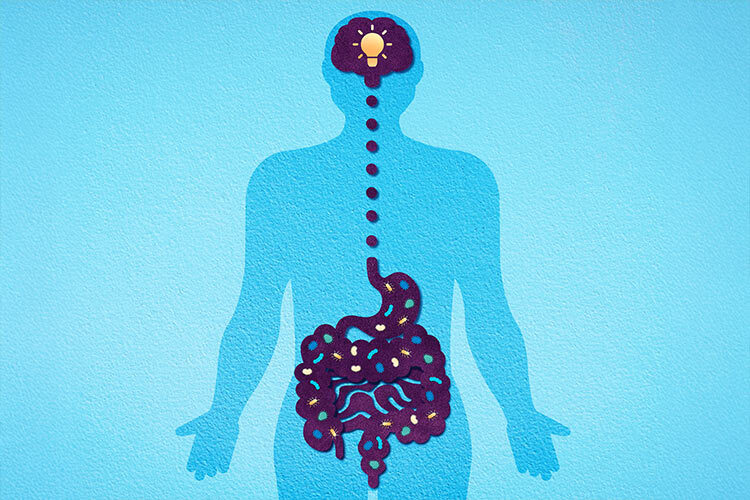Although they often go unnoticed, vitamins are essential for keeping the body running smoothly. Nowadays, our lifestyle and eating habits tend to leave them out—and that can come with consequences.
A recent study on rats fed a “cafeteria diet”—high in fats, sugars, and calories, much like typical junk food—found that supplementing with a commercial multivitamin reduced the levels of pro-inflammatory cytokines in the blood (molecules that promote inflammation and circulate in the bloodstream). So explained José Antonio Palma Jacinto, one of the authors of the study Putative mechanism of a multivitamin treatment against insulin resistance.
Previous studies had already shown that certain vitamins—such as B2, B3, B5, B6, B7, B12, C, D, and E—can help lower insulin resistance, a condition that prevents the body from using insulin effectively and is linked to diseases like type 2 diabetes. However, until now, the underlying mechanism behind this effect remained unclear.
Using both in vitro and in vivo models (the former done in a lab using cells or tissues in a dish, the latter conducted in living organisms like animals), the study pinpointed two key factors: oxidative stress and lipoinflammation.
These two processes, which often occur simultaneously, may contribute to the onset of insulin resistance during obesity—and eventually to conditions such as type 2 diabetes, metabolic syndrome, or metabolic dysfunction-associated fatty liver disease.
“These two factors—oxidative stress and lipoinflammation—are emerging as potential therapeutic targets for treating obesity and its complications, or even for developing preventive treatments,” said Palma Jacinto during a brief talk as part of the Flash Tec Talks held at the 2025 International Obesity Research Congress.
How do these vitamins interact in the context of preventive treatment?
This multidisciplinary research suggests that certain vitamins may act at different molecular levels to reduce insulin resistance, primarily by regulating pathways associated with oxidative stress. The study evaluated the effect of 11 vitamins on key mechanisms tied to inflammation and antioxidant activity.
“Up to now, most reports have looked at the effects of individual vitamin administration, and those studies have shown that they can partially reduce the inflammatory state—especially those vitamins with antioxidant properties,” he noted.
The researchers also used computer simulations to analyze how these vitamins interact with specific proteins, which could help explain the mechanisms documented in scientific literature.
Palma Jacinto explained that the goal of this research is to better understand how certain vitamins might interact to serve as a preventive treatment for obesity-related diseases. These vitamins are being tested both in lab experiments and in living organisms.
He stressed how crucial it is, before moving into preclinical in vivo studies, to clearly identify the target sites through which these vitamins act.
“In some of the targets we’ve identified, we can see that in the mechanism promoted by the obesogenic environment—broadly speaking—vitamins would need to act at one of these levels to inhibit the inflammatory cascade,” said the researcher, reflecting on the value of in silico studies to assess the binding affinity of these vitamins within the proposed mechanisms.
Did you find this story interesting? Would you like to publish it? Contact our content editor to learn more at marianaleonm@tec.mx

















